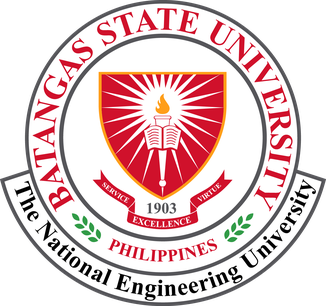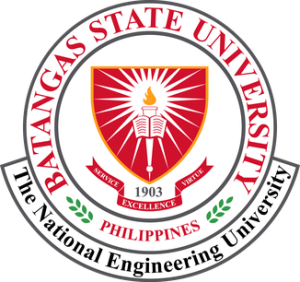This paper aims to simulate performance efficiency of carrier suppressed non return to zero line coding based FSO transceiver systems under light rain conditions with amplification units at 40 Gbps. The max. Q, BER and total optical power are simulated and demonstrated after FSO channel and PIN Photodetector Receiver under light rain weather conditions at maximum reach...
Tag: 9
Various transmission codes for the control of bit error rate in both optical wired and wireless communication channels
This study clarifies the data error rates optimization for OFC/OWC channels based on different transmission codes. These codes that are namely multi bits/symbol digital pulse interval modulation (DPIM), multi bits/symbol pulse position modulation (PPM), nonreturn to zero inverted (NRZI), 4 bit data symbol/5 bit code (4B5B), and Manchester for upgrading optical wired/wireless communication systems. The optical power...
The Effects of Drying Methods on the Physico-chemical Properties and Antioxidant Activity of Bilimbi (Averrhoa bilimbi)
Bilimbi (Averrhoa bilimbi) is an underutilized fruit usually grown in tropical countries and is widely added as souring agent in many Filipino dishes. However, it is undervalued and its utilization is limited due to short shelf life. Drying is one of the more popular and cheapest means of prolonging its storage life. This study aimed...
An overview of remote monitoring methods in biodiversity conservation
Conservation of biodiversity is critical for the coexistence of humans and the sustenance of other living organisms within the ecosystem. Identification and prioritization of specific regions to be conserved are impossible without proper information about the sites. Advanced monitoring agencies like the Intergovernmental Science-Policy Platform on Biodiversity and Ecosystem Services (IPBES) had accredited that the...
Fusing compressed deep ConvNets with a self-normalizing residual block and alpha dropout for a cost-efficient classification and diagnosis of gastrointestinal tract diseases
The challenging task of diagnosing gastrointestinal (GI) tracts recently became a popular research topic, where most researchers performed extraordinary feats using numerous deep learning (DL) and computer vision techniques to achieve state-of-the-art (SOTA) diagnostic performance based on accuracy. However, most proposed methods relied on combining complex computational methods and algorithms, causing a significant increase in...
eS2MART Teaching and learning material in chemistry: Enhancing spatial skills thru augmented reality technology
This study developed a teaching and learning material (TLM) in chemistry entitled eS2MART TLM with integrated augmented reality (AR) technology and assessed its effect on students’ learning gains in terms of spatial skills and students’ learning experience on the use of augmented reality as a tool in understanding atomic theory, chemical bonding and molecular structure....
Truncating a densely connected convolutional neural network with partial layer freezing and feature fusion for diagnosing COVID-19 from chest X-rays
Deep learning and computer vision revolutionized a new method to automate medical image diagnosis. However, to achieve reliable and state-of-the-art performance, vision-based models require high computing costs and robust datasets. Moreover, even with the conventional training methods, large vision-based models still involve lengthy epochs and costly disk consumptions that can entail difficulty during deployment due...
A pivotal restructuring of modelling the control of COVID-19 during and after massive vaccination for the next few years
This paper presents a new mathematical feedback model to demonstrate how direct observations of the epidemiological compartments of population could be mapped to inputs, such that the social spread of the disease is asymptotically subdued. Details of the stabilization and robustness are included. This is a pivotal restructuring of modelling the control of corona virus...
Kinetics and Isotherm Studies on Adsorption of Hexavalent Chromium Using Activated Carbon from Water Hyacinth
The present study is focused on the use of activated carbon derived from water hyacinth (WH-AC) as adsorbent for the removal of Cr(VI) from aqueous solution. The optimized WH-AC was found to be mesoporous and considered as granular. The surface area of 11.564 m2/g was found to have a good adsorption capacity. The adsorption data...
On the Use of Surfactant-Complexed Chitosan for Toughening 3D Printed Polymethacrylate Composites
This work reports a simple approach to prepare toughened 3D-printed polymethacrylate (PMA) composites using surfactant-modified chitosan (SMCS) particles at loadings between 2–10 wt%. Chitosan (CS) is modified with anionic surfactant, sodium dodecyl sulfate, via ionic complexation to facilitate compatibility and dispersion of CS to PMA matrix by non-covalent interactions between the components. The study successfully...




